Looking for the most authentic guide for installing window tint film on your car? You are in the right place. In this guide, we walk you through the correct step-by-step process without any unnecessary confusion. Our tips have helped automotive film installers achieve more professional results. Let’s dive into the details on tint film installation!
Why Tint Your Car Windows?
When it comes to automotive maintenance, window tinting is often considered a needless expenditure by most car owners. In the minds of many, it is regarded as a luxury update due to its popular association with aesthetics and visual appeal only.
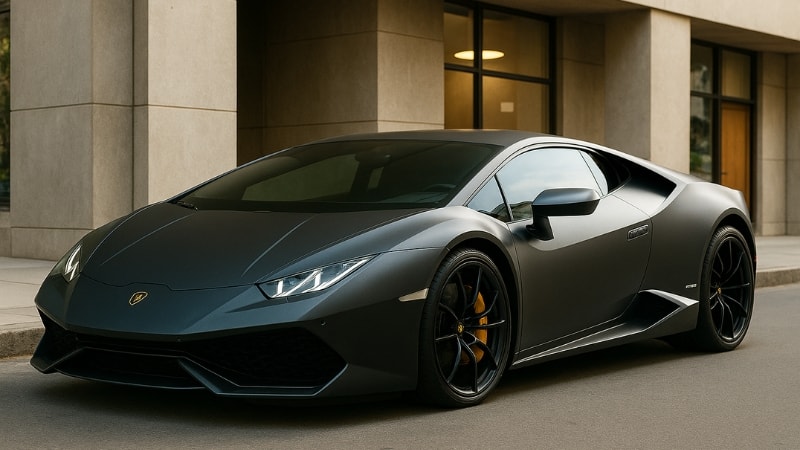
However, little do they know, the seemingly just a tinted window brings more benefits than mere visual enhancement.
In fact, installing window tint is so impactful, so much so that we’d even call it necessary. Here’s why every car enthusiast, whether a new owner or a long-term one, should invest in window tint films.
Heat & Glare Reduction
Bare windows are highly permeable to visible light transmission, and the transmitted light carries thermal energy that increases the cabin’s internal temperature due to the greenhouse effect.
Moreover, the entrance of intense light through the windshield impairs vision and produces glare.
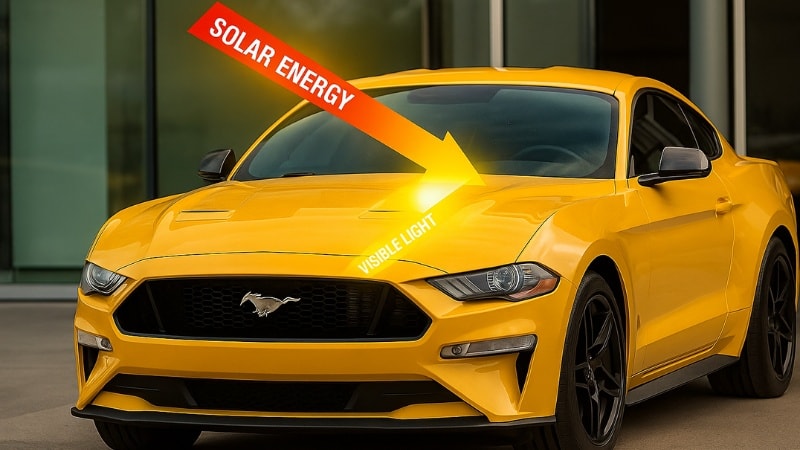
A window covered with tint film blocks a huge chunk of the light spectrum, hence keeping the interior cooler and glare minimal.
Interior Protection from UV Damage
More light entering the car means higher solar gain, carrying short-wavelength UV rays, which are absorbed by the upholstery and surfaces inside. These wavelengths interfere with the materials and render them damaged over time.
Window tint films that are ceramic in nature effectively block sun UV wavelengths, the specific part of the light spectrum, protecting both you and your vehicle’s interior.
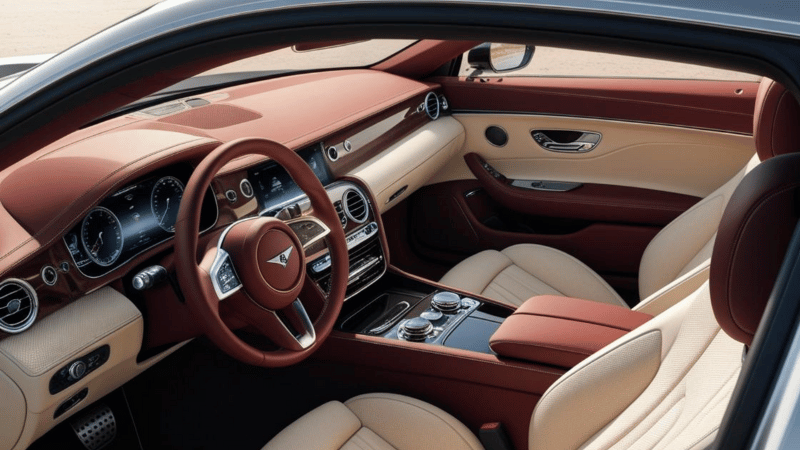
Improves Privacy & Safety (glass shatter protection)
While reducing the light entering the car, a 30% tint film also decreases the visibility of your vehicle’s interior from the outside. Thus, it deters the potential thieves looking for a grab-and-smash opportunity.
Additionally, if the window breaks, the adhesive tightly holds together the glass shards and prevents them from flying apart, making a difference between a minor incident and a major accident.
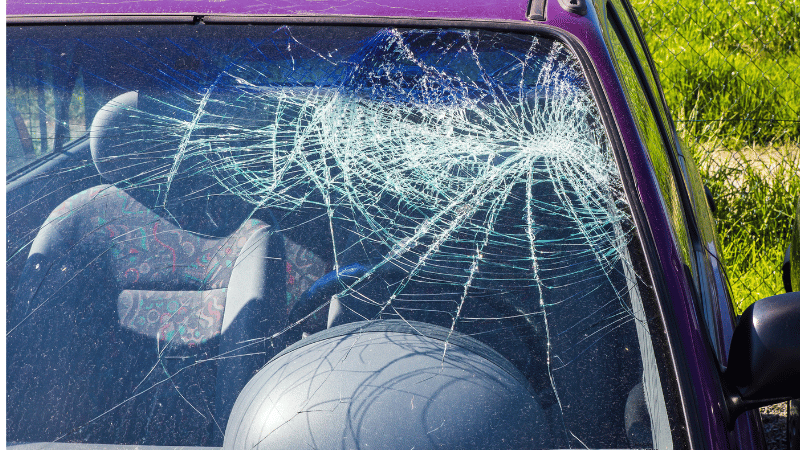
Enhances Appearance & Resale Value
Along with all its functional benefits, car window tinting also adds a sleek appearance to your vehicle, the kind often associated with celebrity cars.
When the tinted windows preserve the quality of your car’s interior and a paint protection film safeguards its exterior, your vehicle remains close to its day-one appeal.
As a result, when it’s time to resell, its market value remains higher.
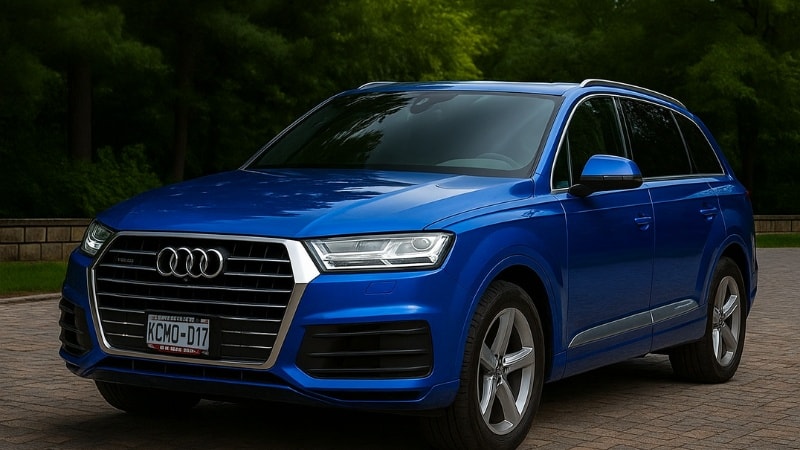
Increases Driving Comfort
A vehicle with tinted windows provides drivers with better visibility, without putting strain on the eyes, which makes driving more comfortable. Whether it’s winter or a bright sunny day, tint films help maintain an optimal cabin temperature for pleasant driving.
For any driver, especially those who may experience discomfort while driving, the window tint with the right percentage can make a valuable difference by improving both safety and overall comfort.
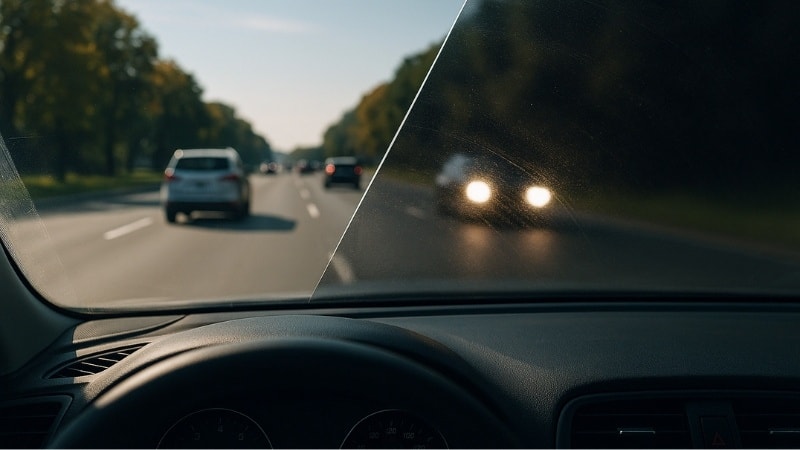
Legal Considerations Before You Start
You cannot jump straight into getting window tinting done without first knowing what’s permissible and what’s the right tint percentage for your vehicle. Window tinting is a regulated process because, if done wrong, it can prove to be fatal for the occupants of the car.
Therefore, you must first know the legal tint limits applicable in your state.
Factors Influencing the Tinting Laws
Every state designs its window tinting laws while taking into consideration various factors so that the balance between safety and tinting is maintained. Because if not regulated, everyone would go for darker tints with 20% VLT or 35% VLT only.
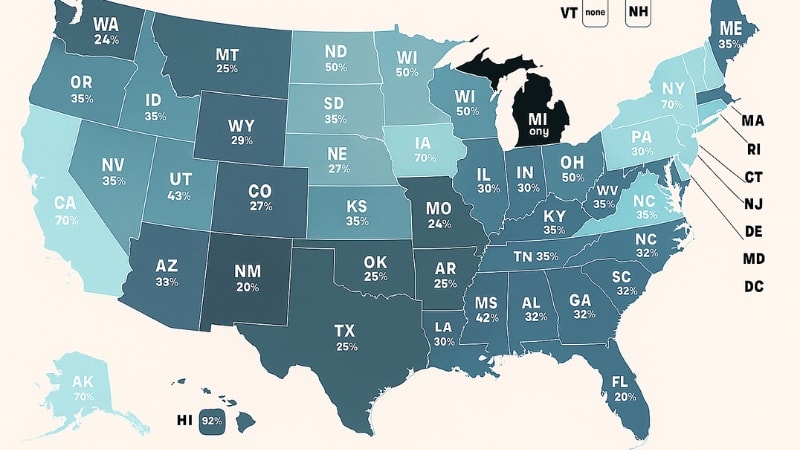
Type of Window: Most states demand windshield tinting to have a VLT of no less than 70%, while the eyebrow strip can be darker. Similarly, the legal tint percentage for front and rear side windows.
Tint Percentage: Window tints with a higher VLT, such as 70% and 50% are generally safer; thus, you may not have to worry much about potential road hazards.
However, tint films with a lower VLT (darker shades) can restrict visibility.
Day Span: States that have longer daylight duration may allow darker tinting films; in contrast, states with shorter days do not allow low VLT.
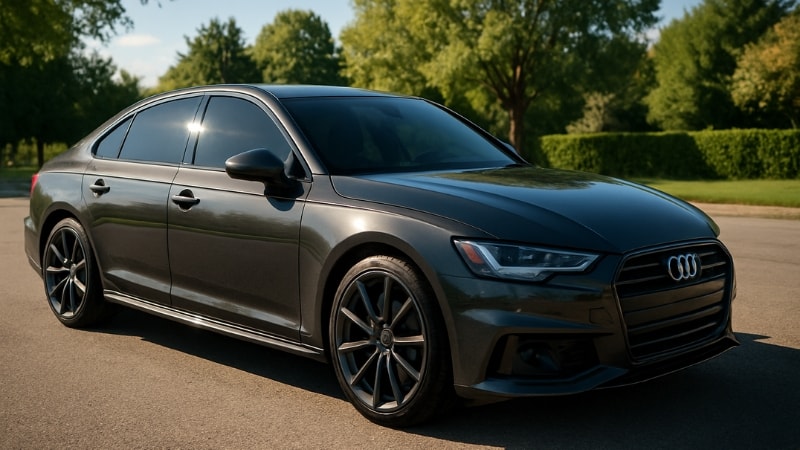
Local Tint Laws
Among the U.S. states, Colorado state and Maryland state provide particularly detailed regulations regarding vehicle window tinting. In the following section, we’ve compiled the permissible tint limits for some of the most notable states.
| State | Windshield Tint% | Front Side Tint% | Rear Side Tint% |
|---|---|---|---|
| Alabama | 6 inches | 32% | 32% |
| California | 4 inches | 70% | Any |
| Georgia | 6 inches | 32% | 32% |
| Indiana | To the top of manufacturer's as-1 line | 30% | 30% |
| Montana | To the top of manufacturer's as-1 line | 24% | 14% |
| Nevada | To the top of manufacturer's as-1 line | 35% | Any |
| Vermont | To the top of manufacturer's as-1 line | No tinting allowed | Any |
| Wisconsin | 5 inches or as-1 line | 50% | 35% |
Recommended Tint Film Types
In the market, window tint films are available in various types of material, each having its own properties and functionalities. In this section, we have jotted down a brief description of different types so you can choose a suitable one for your car or fleet of vehicles.
Dyed Tint Films
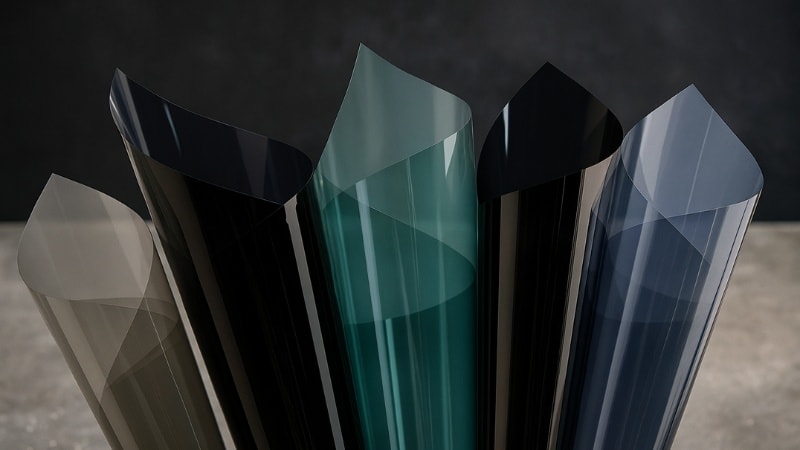
Dyed tint films are basic films in which a dye is incorporated between the adhesive and the outer layer to deflect away different wavelengths of visible light. It is a cost-effective option that does the job, but it is not as efficient as its pricier counterparts.
Metalized Tint Films
Metalized tint films feature nano-metallic particles embedded in their matrix to block and bounce off the light radiations that fall on them. These metallic particles function through reflection but may interfere with the GPS.
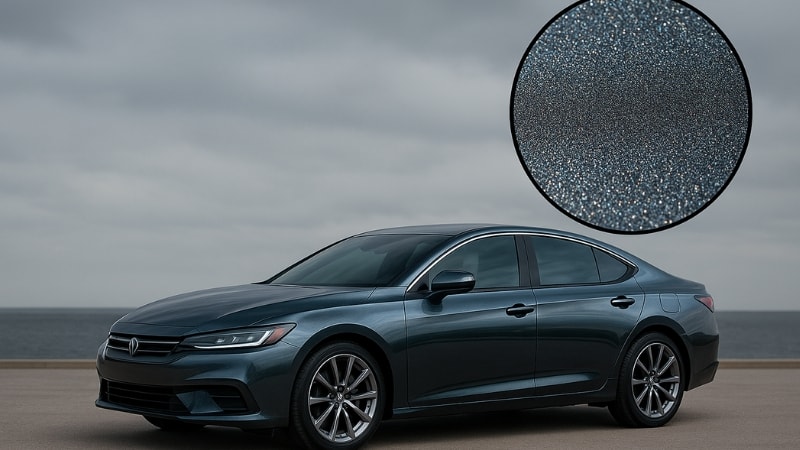
Carbon Tint Films
Carbon tint films have a higher heat rejection percentage given their composition with the carbon particles that provide up to 40% Infrared and UV blockage. You can compare the benefits of ceramic and carbon tint to make your decision.
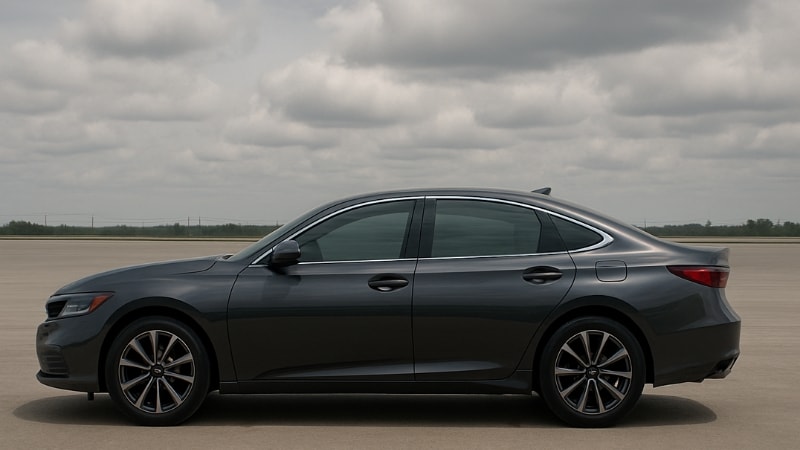
Ceramic Tint Films
Ceramic tint films are the most premium option and, in comparison to carbon tint films, have more functionalities and far better performance.
To help you choose the right window tint for your needs, here’s a quick comparison of popular film types and their key features:
| Film Type | Features | Ideal For |
|---|---|---|
| Dyed Tint | Budget-friendly but minimal protection | Short-term use |
| Metalized Tint | Heat-blocking through reflection | Hot climates |
| Carbon Tint | Non-reflective and highly UV-resistant | Daily drivers |
| Ceramic Tint | Best clarity and maximum heat rejection | Premium/luxury cars |
Tools & Materials Essential for Installation
Just as the saying goes, well begun is half done, you also need to start your window tinting process with preparation. There are some essential tools that you must have at hand so that there are no interruptions in the process.
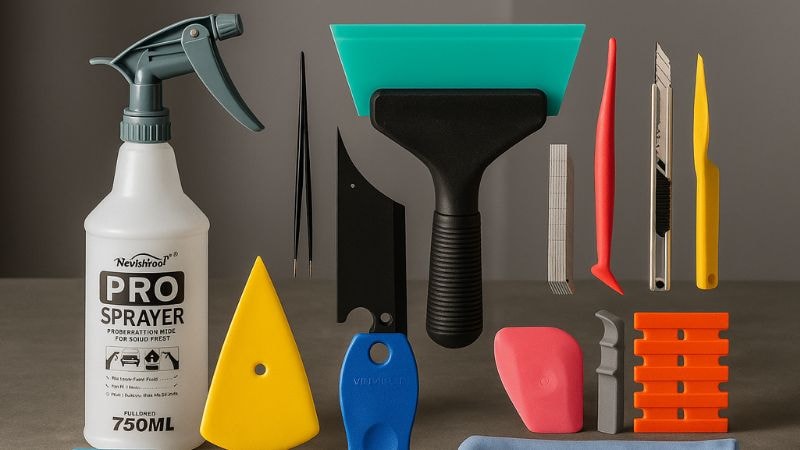
- Spray Bottle containing soapy water, either dish soap or specialized wash to clean the windows from dirt and dust.
- Squeegee helps in adhering the film tightly to the windows by applying pressure on different points.
- A measuring tape determines the correct dimensions of the window so that the exact proportion of the film can be cut.

- Razor Blade is employed for its sharp surface so that the excessive film can be cut off precisely and a cleaner cut can be achieved.
- Heat Gun is the most essential tool to remove the bubbles and dry the film on the window.
- Microfiber Cloth absorbs the moisture and cleans the surface without leaving behind streaks or smears.
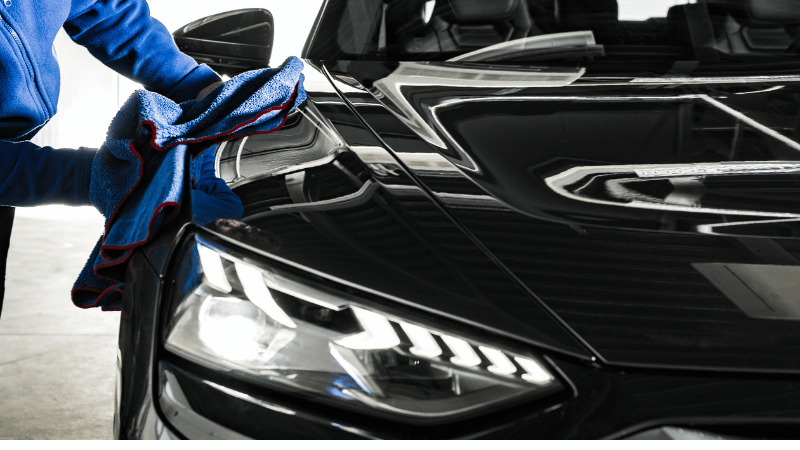
In a Nutshell
| Tool | Purpose | Recommended Option |
|---|---|---|
| Tint film | Main material | Choose ceramic or carbon film for better heat rejection |
| Spray bottle with Soapy Water | Lubrication | Use a non-ammonia cleaner and water |
| Squeegee | Remove air/water bubbles | Use a soft-edged one to avoid scratches |
| Razor blade | Cleaning and trimming | Use a sharp, precision blade |
| Heat gun | Conforming to the glass curve | Use medium heat |
| Microfiber Cloths | Cleaning | Lint-free for best finish |
| Measuring Tape | To take exact dimensions | Measuring tape with graduation up to mm for precision |
Step-by-Step: How to Tint Your Car Windows
Finally, now that you have fulfilled all the prerequisites of wrapping your windows with tint film, it is time to get into action of applying window film step-by-step.
In this section, we have deciphered the complete process of wrapping your windows with tint film.
Step 1: Prepare Your Workspace

The cleanliness of your workspace will speak to the final finish of your project. Therefore, choose a clean, dust-free environment with no direct sunlight or ambient wind. This precaution will help prevent dust particles from settling on the surface while you’re applying the film.
Step 2: Preparing Windows for Tints
First, prepare the windows by removing old window tint or any existing decals. Then, wash the surface with soapy water and scrape away remaining residue. Dry with a microfiber cloth.
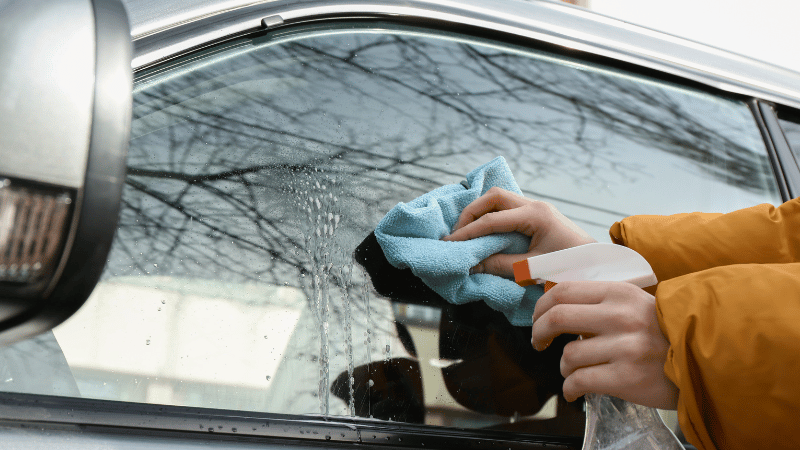
Step 3: Measure and Cut the Tint Film
Spray the outside of the window with soapy water to provide a sticky surface for the film to adhere. Apply the film to exterior and align it with the window. Then, cut according to the shape with 2–3 inches of excess on all sides to make up for mistakes.
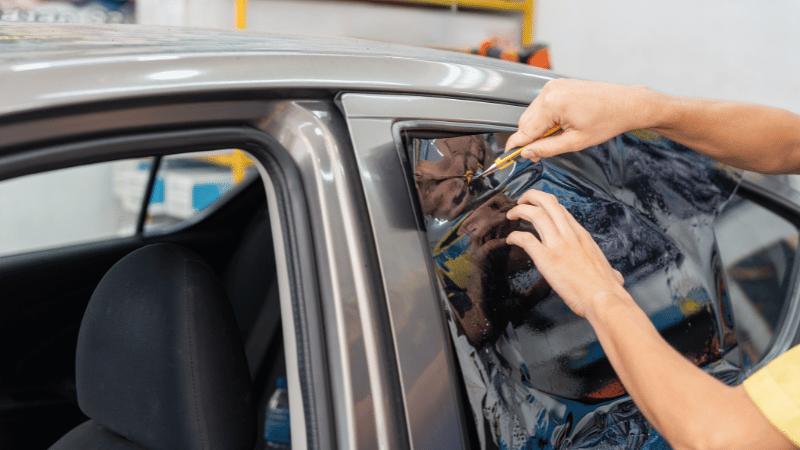
Step 4: Apply Tint on the Inside
Now, re-clean the interior glass surface and align the cut-out film on the interior. Peel the liner halfway and apply pressure through the squeegee to adhere the film to the glass. Also, use the squeegee to push the water and the bubbles out and work your way down to the remaining half.
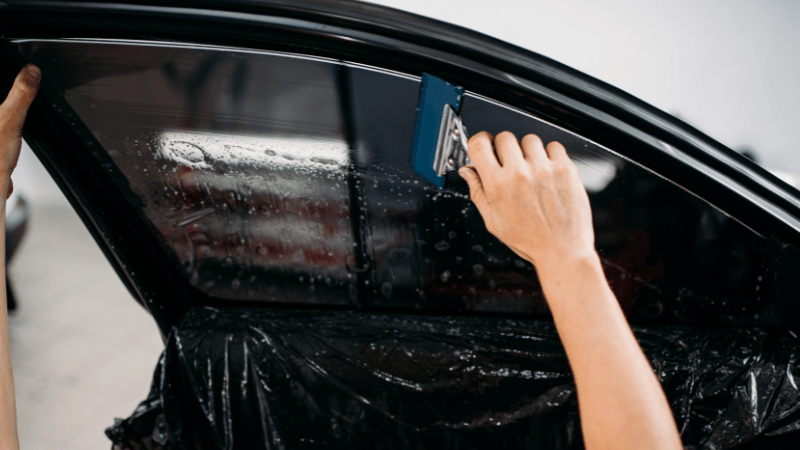
Step 5: Finishing and Drying
In the last, trim excess edges carefully with a sharp razor and use a heat gun to set the adhesive evenly. Check for trapped bubbles and smooth out with the heat.
Here’s a visual representation of tint film application so that you can learn better.
FAQs
Q1: Will your window tint film bubble, peel, or fade over time?
Window tint films naturally fade away over time. Additionally, the bubbling or peeling of the film directly depends on the maintenance provided.
However, you can prevent the deterioration of the film through proper aftercare.
Q2: Is your tint easy to install for beginners?
Tint films sold by Carlike can be applied by beginners without a problem. However, it’s not just the film that determines how easy the installation will be, but rather the installer’s skill level. Even with a high-quality film, a beginner may face some challenges if they lack experience.
Q3: How does your tint compare to cheaper brands online?
Carlike manufactures its tint films with precise nanotechnology to enable it to block 66% percent of the solar heat while actively filtering out 99.9% of the UV radiation.
Q4: Is your tint legal in my area?
The legality of window tinting in your area depends on two main factors: the darkness level of the tint you choose and the local regulations governing it. As a general rule, darker tints tend to be more strictly regulated in most regions.
Conclusion
Applying the tint film on your windows was the first step towards security. Now that you are past the basics, it is time that you know what to do if the tint films start to come off. There are certain signs that indicate whether your tint needs a full replacement or just routine maintenance.
Our guide will help you recognize these signs and take the right steps.
Win More Customers with CarlikeFilm® High-Quality Window Tint!
Carlike, one of the most qualified automotive film manufacturers in China, always brings the best products manufactured with strict quality control for its customers, whether companies or retail buyers.
We put our customers first by removing the limitation of high MOQ you can start with as low as ten rolls.
Contact us now and enjoy the benefit of first-come discounts!



